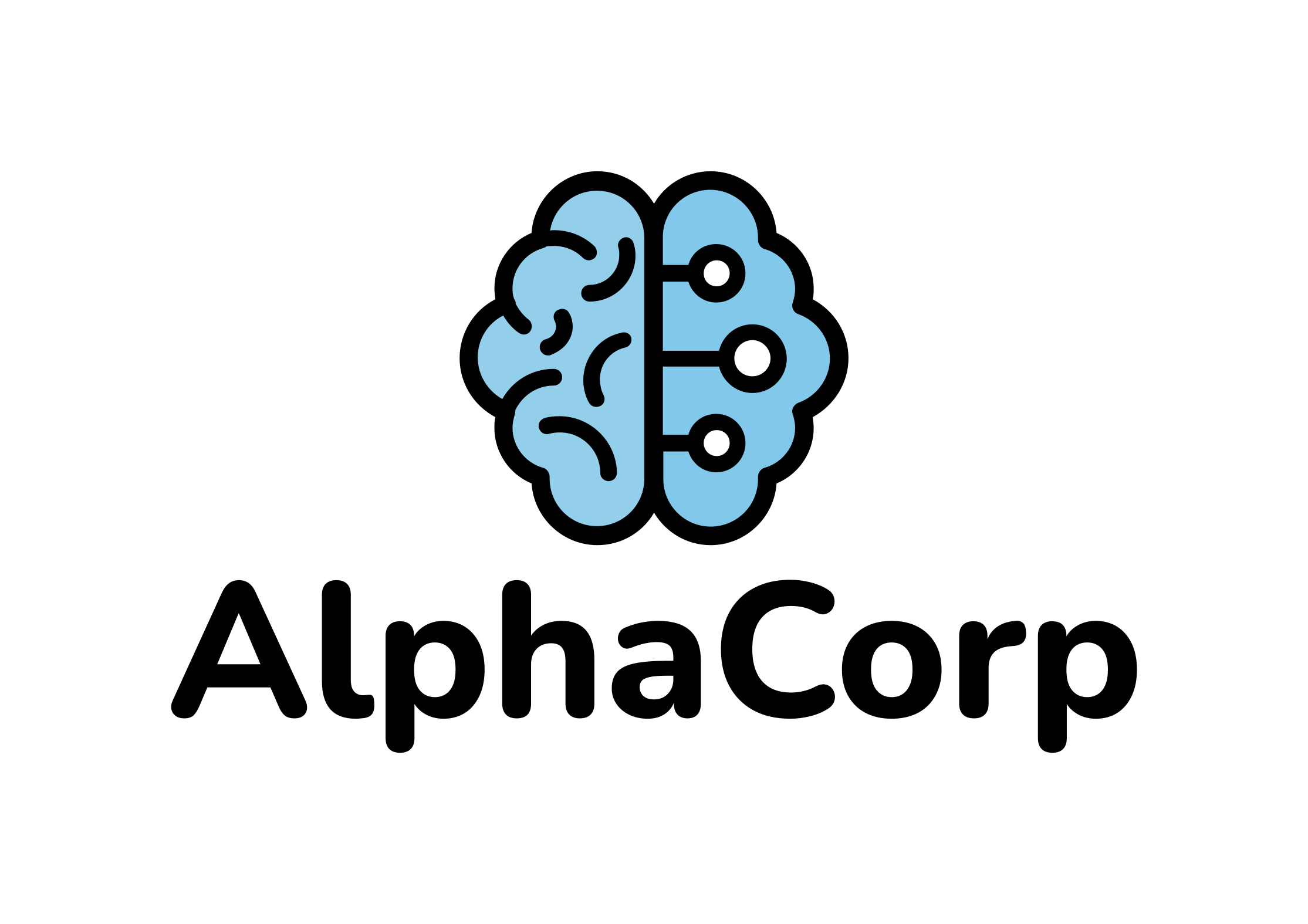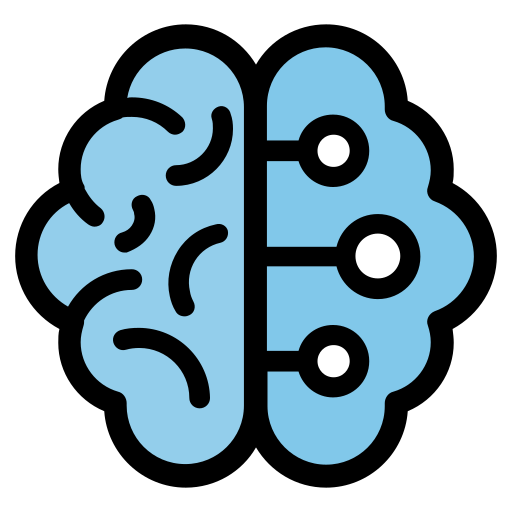You want to know which LLM fine tuning approach will work best for your business. For most enterprises, a hybrid of parameter efficient fine tuning on a right sized model plus a production RAG layer wins, and small models often deliver under 500 ms latency with up to 90 percent lower cost for many tasks, as shown for enterprise use by small language models. This guide shows when to pick fine tuning, RAG, hybrid, or RAFT, and how to evaluate and govern them.
Use a hybrid with PEFT on a right sized base model plus RAG, then add RAFT for domain critical reasoning when evidence discipline matters.
The Best LLM Fine Tuning Approach in 2025
If you are aiming for accuracy, speed, and control across many use cases, the winning pattern is a hybrid that combines parameter efficient fine tuning on a right sized base model with a mature retrieval layer for freshness and citations. This is where most production teams land as they scale, a view echoed in recent hybrid strategies. When your domain needs evidence grounded reasoning over a curated corpus, train with retrieval augmented fine tuning to teach the model how to use relevant documents and ignore noise, then keep retrieval at inference for transparency, which aligns with the benefits reported for RAFT training.
Equally important, align adaptation choices with governance readiness. Pair your approach with ISO 42001 and NIST AI RMF so you can audit data lineage, manage risk, and show oversight, a pairing many enterprises now pursue according to ISO 42001.
RAG, Fine Tuning, Hybrid, and RAFT
RAG connects a general purpose model to your knowledge base and injects retrieved passages into prompts when you answer a query. Teams typically improve recall with hybrid retrieval that blends lexical and dense search, plus reranking and prompt assembly policies, as outlined in IBM Think. RAG shines when your knowledge changes often or when you need explainable answers with citations. It demands strong document processing, chunking choices, and monitoring across retrieval and generation, which many teams underestimate, as noted in real world RAG challenges.
Fine tuning adapts the model to your domain and tasks so it answers in your style with lower latency and tighter control over formats. Practical options include instruction tuning and parameter efficient methods like LoRA and QLoRA, where you train small adapters on top of the base model, a workflow covered under PEFT methods. Fine tuning works best when your knowledge is relatively stable and you want consistent outputs at scale.
Hybrid takes the best of both. You fine tune for stable patterns and formats, then use RAG for changing facts and citations. You can also route by query difficulty to control cost. RAFT is a training time hybrid that exposes the model to questions with the correct source and distractions so it learns to use relevant evidence and ignore noise, which improves resilience at inference with or without retrieval. Reported setups that use one oracle document with four distractors are effective for teaching relevance, based on RAFT training.
Quick Guide to Picking an Approach
| Approach | Use When | Strengths | Watchouts |
|---|---|---|---|
| RAG | Knowledge changes often and you need citations | Freshness and transparency | Needs solid document processing and retrieval tuning |
| Fine tuning | Knowledge is stable and traffic is high | Low latency and consistent outputs | Can get stale without periodic updates |
| Hybrid | Mix of stable patterns and changing facts | Balance of speed and freshness | Operates two pipelines that both need oversight |
| RAFT | Domain critical QA over curated corpus | Improved evidence use and robustness | Extra dataset work to include distractors and chains of thought |
Build Retrieval and Evaluation First
Production results depend as much on retrieval and evaluation as on the model itself. Invest early in document processing and chunking because chunk sizes and overlaps have a direct impact on recall and answer faithfulness, a point emphasized in field notes on RAG challenges. Combine dense and lexical search, then rerank, and consider query rewriting to lift recall. Reranking with strong cross encoders is gaining traction, as surveyed for large rerankers on OpenReview.
Measure three layers. At the retrieval layer, track precision and recall, mean reciprocal rank, and normalized DCG. At the generation layer, track faithfulness, relevance, citations, and hallucination rate. End to end, track factual correctness, latency, cost, and safety, and include human review for edge cases, using patterns and tools outlined in guidance on RAG evaluation. A 2025 survey reinforces that robust, multi layer evaluation is required for dependable RAG in production, a view captured in the RAG survey.
Right Sized Models Beat Bigger by Default
Most enterprise traffic does not need the largest model. Small models adapted with PEFT often provide the best mix of speed, cost, and data control. They can run on premises or at the edge for data residency and privacy, deliver sub half second latency, and cut energy use and cost dramatically, with the option to route tough queries to a larger model. These findings come from a 2025 analysis of small language models. In practice, this means you can meet latency targets for assistants and classification tasks while reserving higher spend only for the hardest cases. That same analysis suggests a strong best TCOprofile for small models in day to day workloads.
When an LLM Fine Tuning Approach Fits Best
There are clear signals that point you to fine tuning, RAG, hybrid, or RAFT.
If your content changes frequently and your teams need citations and transparent sources, start with RAG. You will update knowledge by refreshing the index rather than retraining a model, and you can add PEFT later to standardize tone and format.
If your tasks are high volume, latency sensitive, and rely on stable domain patterns, fine tune a small model. You will likely gain speed and predictability while lowering per request cost.
If your portfolio has a mix of both and you want to keep costs steady through growth, combine the two. Tune the small model for core skills and style, then route queries. Bring in retrieval when freshness or explainability matter.
If your problem needs domain specific reasoning over an approved corpus, such as legal or clinical protocols, add RAFT. Create question document pairs that include the right source and distractors and teach the model to attend to evidence. You can still keep retrieval during inference to ground and cite answers while the model handles retrieval noise more gracefully, as described for RAFT training.
A Decision Rubric for LLM Fine Tuning
Start by classifying your use cases. Label the ones that are high volume with stable knowledge and strict output formats. These fit a PEFT tuned small model, possibly with lightweight retrieval for a few references. Label the ones that are knowledge intensive with frequent updates and a need for citations. These are RAG first with optional adapters for style. Label the ones that call for evidence grounded domain reasoning over a curated corpus. These deserve RAFT at training time and selective retrieval at inference for freshness.
Map constraints and goals. Write down latency targets, cost budgets, data residency needs, audit and oversight requirements, and how often content changes. If you need sub 500 ms replies and on premises control, that points to a tuned small model plus a local vector store and careful retrieval optimization.
Choose a base model and adapters based on your target accuracy at the smallest size you can accept. Keep the tokenizer stable if possible, and track drift over time. Multi adapter setups let you switch domain behavior without retraining the base, a standard pattern in PEFT methods.
Design retrieval and knowledge flows as a first class system. Normalize documents, handle layout, tables, and images where relevant, set chunk sizes by content type, and enrich with metadata. Combine sparse and dense retrieval and rerank to lift precision. Choose your vector store to match scale, latency, and ecosystem fit, using a current guide to open source vector databases.
Adopt RAFT when warranted. Build datasets with oracle and distractor documents and chain of thought answers drawn from the oracle so your model learns to ignore irrelevant text. A simple setup of one oracle and four distractors has shown effective relevance training for this method, as summarized in RAFT training.
Implement evaluation and governance from day one. Use retrieval and generation metrics together, run end to end cohorts that reflect real segments, and add human review for hard cases. Align your program to ISO 42001 and NIST AI RMF so that lineage, risk, and oversight are part of everyday operations, following the complementarity described for ISO 42001.
Pilot with tight observability. Serve the tuned small model using an inference stack that meets your latency target, and monitor latency, cost, and quality by cohort. Run A and B tests for retrieval settings and adapter variants. Keep a rollback plan ready so changes do not surprise users or auditors.
Scale with policy as code. Enforce allow lists and deny lists in retrieval, scrub personal data before embedding, defend against prompt injection, and keep audit logs that trace retrieval to prompts to generation. These practices pay off at scale and under audit, and they also align with the evaluation depth urged in the 2025 RAG survey.
Govern for Trust and Compliance
Strong results are necessary but not enough. You also need to prove how you got them. ISO 42001 provides a management system for lifecycle controls, and NIST AI RMF offers flexible risk practices. Many enterprises now adopt both so they can show control and keep pace with change, a trend described in a comparison of ISO 42001.
Treat retrieval governance and data controls as platform features, not add ons. Use data contracts, consent tagging, and redaction in your pipelines. Control which sources retrieval can touch. Log lineage for training data, prompts, model versions, and outputs so you can reproduce behavior under audit. These steps turn AI from a demo into dependable infrastructure and reduce risk when policy or regulation evolves.
Why It Matters
Picking the right approach is not about which model is biggest. It is about meeting real service levels, controlling cost, and earning trust. The evidence favors a pragmatic hybrid: a small model tuned with adapters for speed and consistency, retrieval for freshness and citations, RAFT where domain reasoning must be grounded, and a disciplined evaluation and governance backbone. Teams that treat retrieval quality and evaluation as core engineering concerns, and that align to ISO and NIST from the start, see faster time to value and lower total cost than those who focus on training alone.

